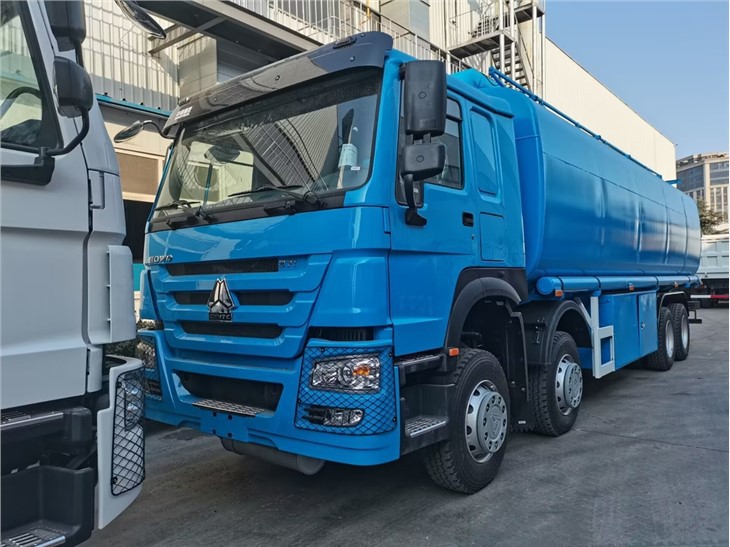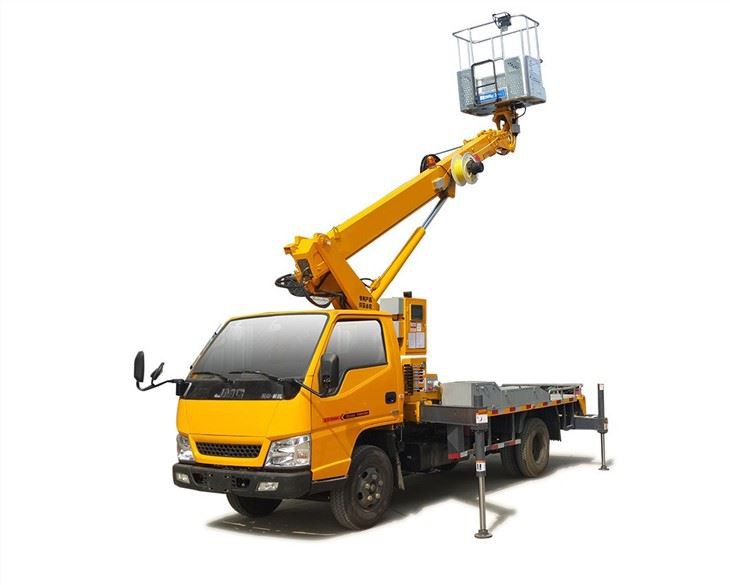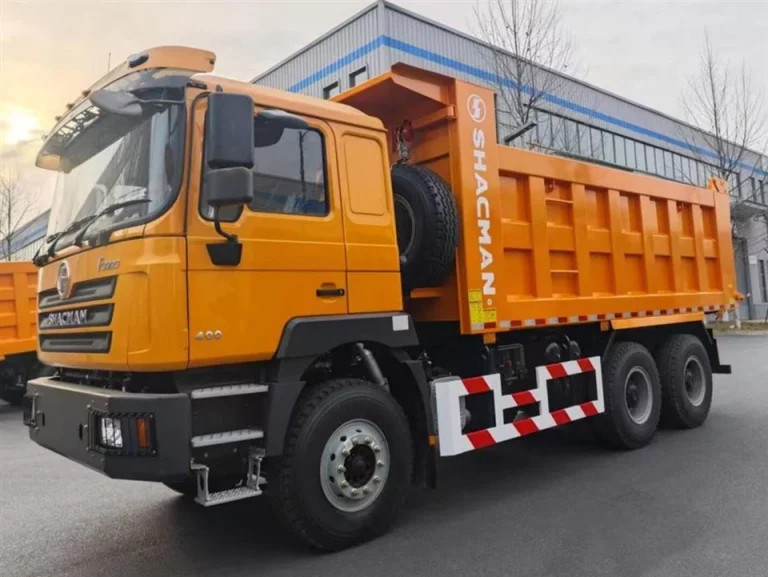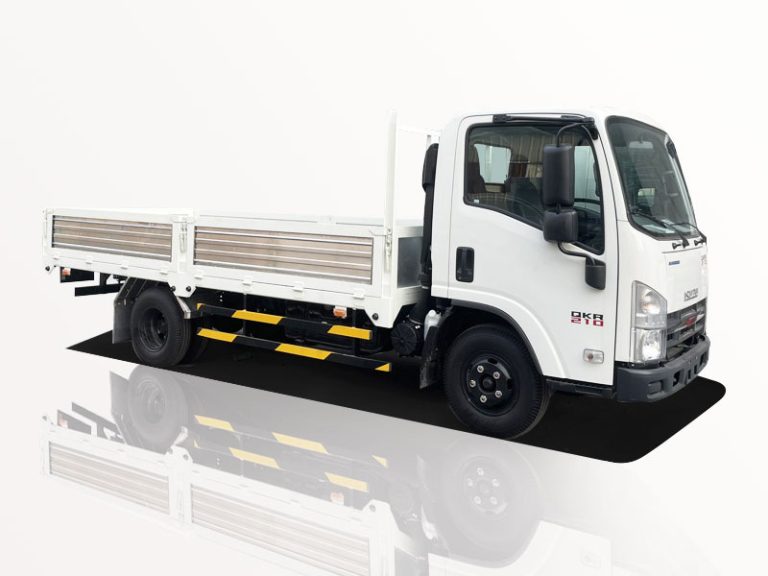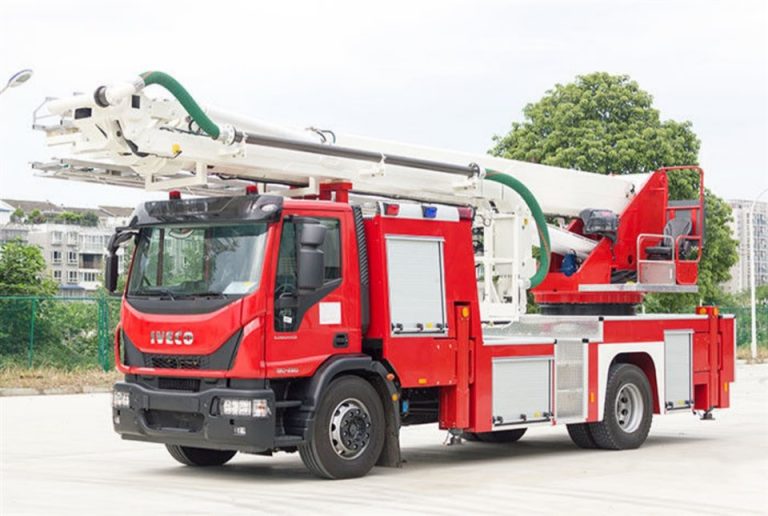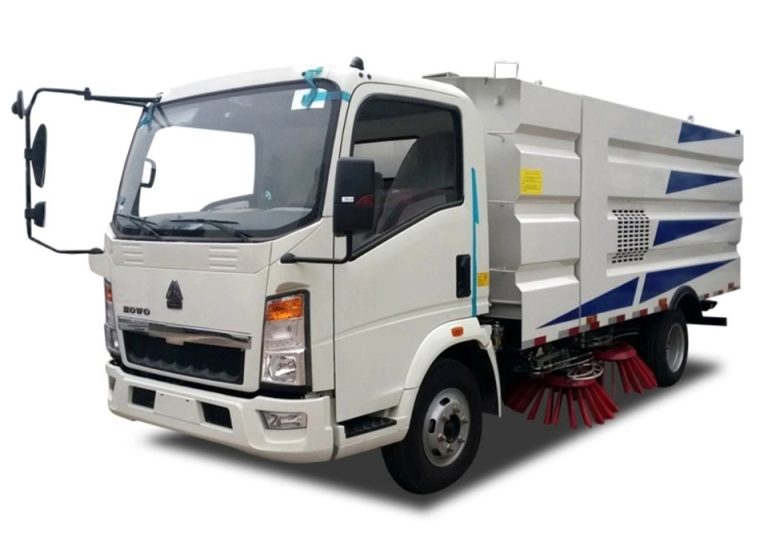Towing a truck with another truck can be a daunting task for many, but with the right knowledge and tools, it can be done safely and efficiently. Whether you’re helping a friend whose truck has broken down, moving a vehicle across town, or hauling a work truck to a job site, it’s essential to understand the proper techniques involved. This guide will walk you through every step of the process, ensuring that you can tow your truck safely and effectively.
Understanding the Basics of Truck Towing
What You Need to Know Before Towing
Before you begin towing, it’s important to familiarize yourself with some key concepts:
- Towing Capacity: Understand your truck’s towing capacity. This is the maximum weight your truck can safely tow, including the weight of the towed vehicle.
- Tongue Weight: This is the downward force exerted on the hitch by the trailer or towed vehicle. Ideally, the tongue weight should be around 10-15% of the total weight of the trailer.
- Hitch Types: Different hitches serve different purposes. Flat towing, vehicle dollies, and tow-behind setups each have specific applications.
Selecting the Right Tow Vehicle
Your towing vehicle must be capable of handling the load. Factors to consider include:
- Engine Size: A larger engine provides more torque, which is beneficial for towing heavy loads.
- Braking System: Ensure your truck has a reliable braking system that can handle the additional weight.
- Transmission: A truck with a heavy-duty transmission is preferable for extended towing.
Preparing Your Truck for Towing
Inspecting Your Truck
Before towing, perform a thorough inspection of your truck:
- Tires: Check the air pressure and tread depth of both trucks.
- Fluids: Ensure all fluids (oil, brake, transmission) are at the proper levels.
- Lights and Signals: Make sure all lights, including brake lights and turn signals, are functioning correctly.
Choosing the Right Tow Hitch
There are several types of tow hitches to consider:
| Hitch Type | Description |
|---|---|
| Ball Hitch | The most common type for light to medium towing. |
| Fifth Wheel Hitch | Used for heavy-duty towing, usually requires a pickup truck with a flatbed. |
| Bumper Pull Hitch | A hitch that attaches to the vehicle’s bumper, suitable for smaller trailers. |
Hooking Up the Tow Truck
Step-by-Step Guide to Hooking Up
Follow these steps to connect your tow truck to the truck you want to tow:
- Park the towing truck on level ground and engage the parking brake.
- Align the hitch of the towing truck with the coupler of the towed truck.
- Lower the hitch onto the coupler and secure it by fastening the locking mechanism.
- Attach safety chains in an “X” pattern for added security.
- Connect the wiring harness to ensure brake lights and turn signals work.
Safety Precautions When Hooking Up
To ensure safety during the hooking up process:
- Always wear gloves to protect your hands.
- Have an assistant guide you if visibility is an issue.
- Check for any obstructions in the area that might interfere with the towing setup.
Driving Techniques for Towing
Tips for Safe Driving While Towing
Towing a truck is different from driving with an empty vehicle. Here are some driving tips:
- Accelerate Slowly: Gradually increase speed to maintain control.
- Brake Early: Give yourself more distance to stop; the added weight will affect your braking distance.
- Use Your Mirrors: Check your mirrors frequently for any issues with the towed truck.
Navigating Turns and Hills
Turning and going uphill presents unique challenges:
- When turning, make wider turns to avoid hitting curbs or obstacles.
- On hills, use lower gears to maintain control and avoid excessive strain on the engine.
Dealing with Common Towing Issues
Handling Sway and Stability
One of the most common issues when towing is trailer sway. To mitigate this:
- Ensure proper load distribution, keeping heavier loads in front of the axle.
- Use a weight-distributing hitch if necessary.
- Stay within the speed limit and avoid sudden lane changes.
What to Do in Case of a Breakdown
If you encounter mechanical issues while towing:
- Pull over to a safe location.
- Assess the issue and consult a professional if needed.
- Be prepared to unhook the towed truck if necessary.
After Towing: Unhooking Your Truck
Proper Unhooking Procedures
To safely unhook the towed truck:
- Park the towing truck on level ground.
- Disconnect the wiring harness and safety chains.
- Release the locking mechanism on the hitch.
- Lift the hitch off the coupler and securely store it in the towing truck.
Post-Towing Inspection
Once unhooked, inspect both vehicles for any damage:
- Check the tires for wear or damage.
- Look for signs of bumper or hitch damage.
- Ensure all lights are functioning properly on both trucks.
Legal Considerations When Towing
Understanding Local Laws and Regulations
Towing regulations can vary significantly by location. It’s important to:
- Research local laws regarding towing capacities and requirements.
- Ensure you have the appropriate licenses and insurance for towing operations.
- Check for any specific state or city towing laws that may apply.
Insurance Considerations
Before towing, it’s wise to check your insurance coverage:
- Ensure your vehicle’s insurance covers towing.
- Consider additional coverage if towing large or expensive vehicles.
Frequently Asked Questions (FAQ)
1. What is the maximum weight I can tow with my truck?
The maximum weight you can tow depends on your truck’s specific towing capacity, which can be found in the owner’s manual or manufacturer’s specifications.
2. How do I know if my truck is equipped to tow?
Check your truck’s owner manual for its towing capacity and look for the presence of a tow hitch. If in doubt, consult with your dealership.
3. Can I tow an automatic truck with a manual truck?
Yes, you can tow a truck with a different transmission type, but ensure you follow proper towing methods to avoid damage to either vehicle.
4. What should I do if my towed truck starts to sway?
Stay calm, reduce your speed gradually, and avoid sudden steering movements. If necessary, gently apply the brakes to stabilize the trailer.

